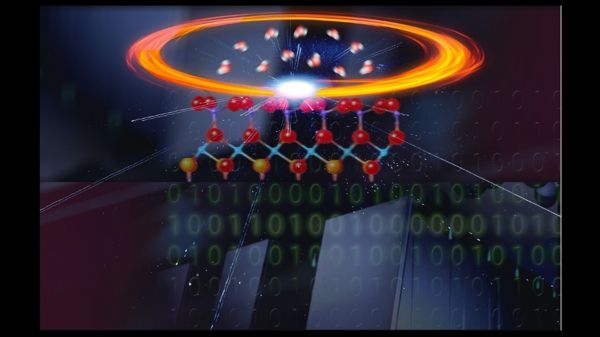Computer simulations hold tremendous promise to accelerate the molecular engineering of green energy technologies, such as new systems for electrical energy storage and solar energy usage, as well as carbon dioxide capture from the environment. However, the predictive power of these simulations depends on having a means to confirm that they do indeed describe the real world.
Such confirmation is no simple task. Many assumptions enter the setup of these simulations. As a result, the simulations must be carefully checked by using an appropriate “validation protocol” involving experimental measurements.
To address this challenge, a team of scientists at the U.S. Department of Energy’s (DOE) Argonne National Laboratory, the University of Chicago and the University of California, Davis, developed a groundbreaking validation protocol for simulations of the atomic structure of the interface between a solid (a metal oxide) and liquid water. The team was led by Giulia Galli, a theorist with a joint appointment at Argonne and the University of Chicago, and Paul Fenter, an Argonne experimentalist.
Read more at DOE/Argonne National Laboratory
Image: Pictorial representation of joint experimental and computational study of materials. The study utilized the Advanced Photon Source (upper panel) and Argonne Leadership Computing Facility (lower panel). The team addressed the atomistic structure of interfaces, which are ubiquitous in materials. (Image by Emmanuel Gygi, University of California, San Diego.)


